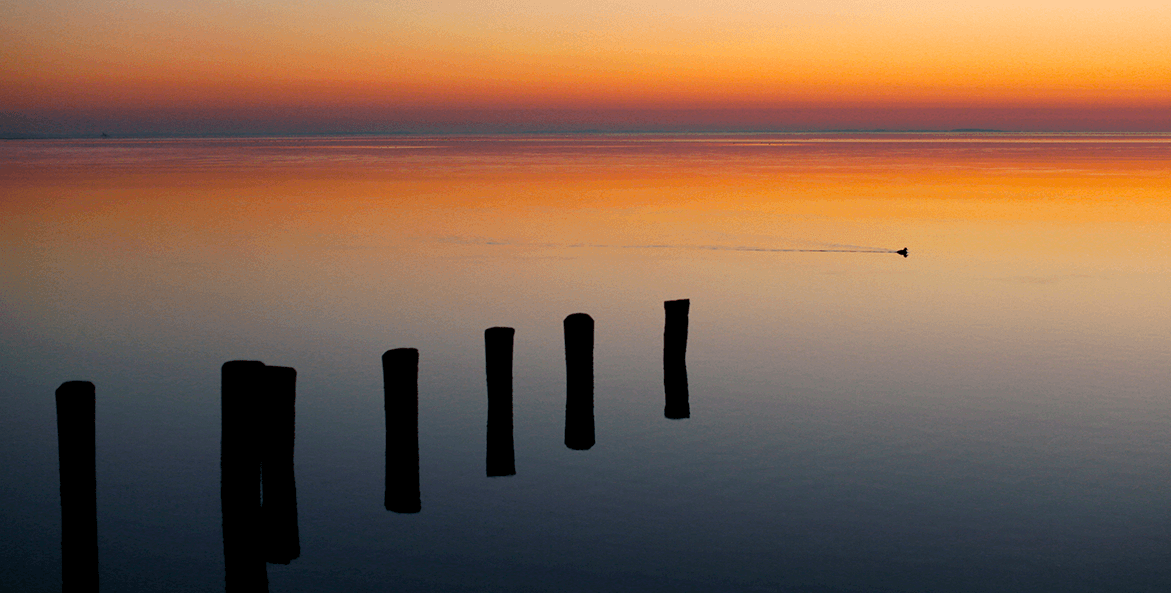January was full of beautiful winter sunrises and wildlife, but the New Year also comes with new legislative sessions and federal rollbacks to important environmental laws. Take a look at some of the major news and photo highlights below from us, our partners, and supporters!
Do you have a favorite Chesapeake photo you took this month that you'd like to submit to be featured as one of our Photos of the Month? Upload your digital photo here or tag us in your photo on your public Twitter or Instagram. We look forward to seeing your photos!
Instagram and Twitter Photos
Chesapeake | Annapolis, MD | 2020 | @VisitAnnapolis @chesapeakebay @TravelMD #sunrise #photography pic.twitter.com/r5kmEj8CJz
— Adam Brockett (@adam_brockett) January 29, 2020



